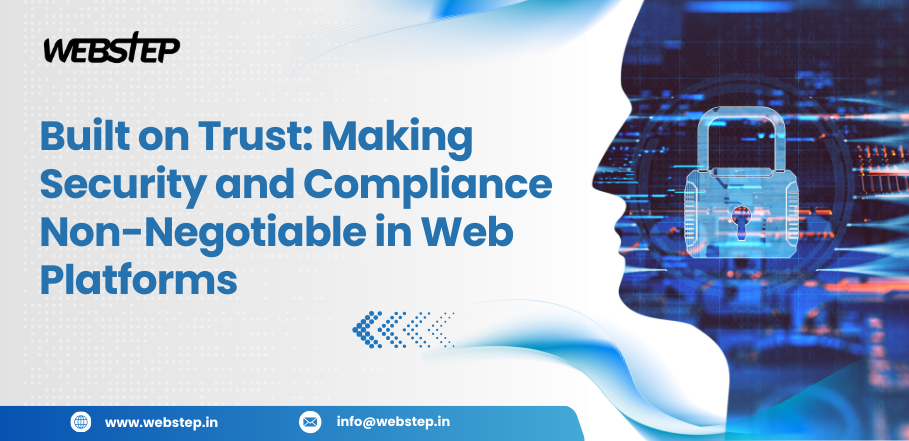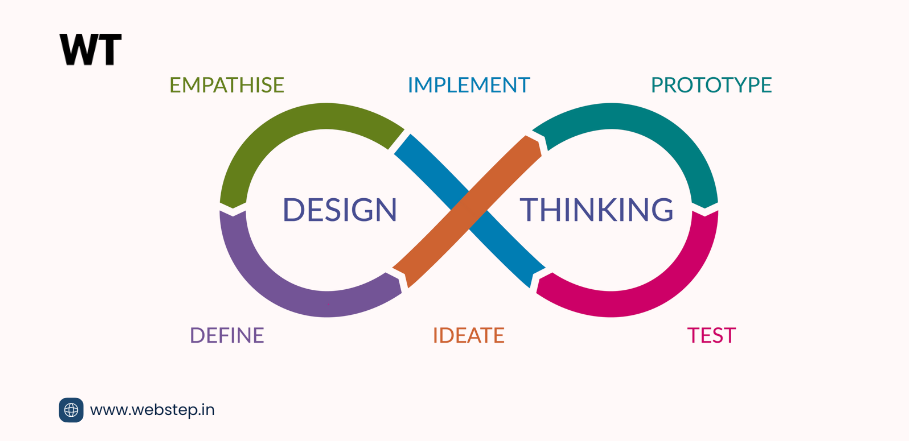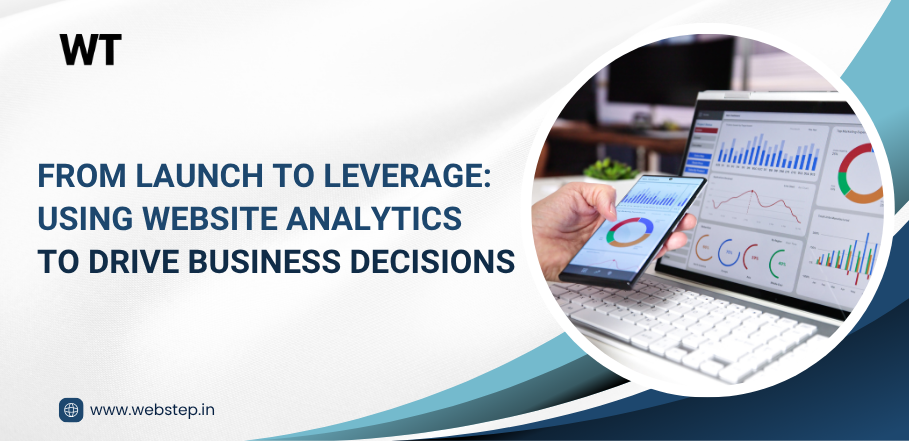IT infrastructure: Why is it important?
As new technological advancements are embraced by enterprises across industries to leverage enormous benefits, it has also resulted in their dependence on modern IT infrastructure that is both efficient and intelligent. With technologies empowering businesses with operations and capabilities, the IT infrastructure has become the backbone of the digital transformation in these businesses.
Evolution and progress toward a digital economy have put forward a demand for strategic software-defined and intelligent infrastructure to power the journey of innovation. Webstep conveys business value with a deliberate and strategic approach to maintaining responsive, highly scalable, and fault-tolerant IT services. Our primary focus is to add to the capacities of the infrastructure to avoid unanticipated event failures such as service failures, performance degradations, network latency, limitations of system or storage capacity, and other unforeseen errors that may arise due to the complexity of enterprise IT systems and their IT footprint. Such modernization of infrastructure helps companies operate within a sophisticated, scalable environment with high availability.
Despite the ubiquity and evolution of cloud computing technology, its deployment is still considered in its infancy due lack of specific and sufficient tech architecture. While enterprises are reimagining and rebuilding their business by leveraging cloud technology, to exploit the full capabilities of technology of today and tomorrow, flexible yet robust infrastructure is crucial.
Webstep accelerates your cloud journey and supports your enterprise to unleash unprecedented capabilities and a competitive edge with seamless and secure services.
Where do you begin with your modern infrastructure?
To architect a strong footing foundation of modern infrastructure that unlocks business values, deliberate designing, and planning of a business-critical strategy should be the jump-off point. Webstep integrates first-rate expertise with best industry practices to engineer a security-centric, low-risk, and cost-efficient strategy– structured to deliver a seamless experience for our clients. To enable agility in the digital transformation of enterprises our initial process involves an assessment of the core processes to identify areas of change. The planned and structured approach followed by Webstep is backed by expert insights and aligned with a well-defined implementation plan that brings transformative and cloud-enabled business projects to life.
To bring the transformative opportunities of the cloud to clients, a tool-based framework is denied for migration and adoption. This assists in exploring the role of the cloud in an organization and engineering a sound business-driven cloud strategy that will empower the workforce and build business resilience.
IT Infrastructure Considerations: An Overview
Emerging cloud technology has plagued enterprises across the world as business leaders are recognizing its impact on the efficiency, scalability, resilience, and performance of their organizations. However, the adoption of sophisticated technology without a sound strategy and evolved architecture can add to its complexity. Here is an overview of some IT infrastructure considerations that can help overcome the associated challenges.
When is the right time to switch?
Adopting or migrating to modern technologies is demanding due to risky operations, especially for enterprises relying on a legacy system. An organization’s choice to do so is a radical shift that requires making significant changes in infrastructure and making it future-proof. It is crucial to move forward with expert consultation and strategy that supports the core of your organization and the objectives associated with this digital transformation. Just as beneficial, the process of cloud migration is complex with the critical elements of your business at stake.
Webstep consulting brings more value with a roadmap that navigates this complexity and regulates data sovereignty securely. There are several components of an enterprise that influences the cloud readiness of the organization. Some of these include organizational strategy, process, IT architecture, governance, and people. Consideration of these elements facilitates more controlled cloud adoption, higher security, enhanced performance, and deeper compliance with applications dependent on the legacy protocol.
Cloud Readiness
Cloud readiness for an enterprise can be assessed by defining four dimensions namely- business, technology, people, and processes. To derive the true value of the technology, the requirements of the business, the goals for the technology along with capital availability and investment are determined to ensure an agile yet cost-effective strategy of cloud deployment or migration. A customized strategy aligning with the various aspects of business goals enables enterprises to reap the benefits of the technology to the fullest extent.
In addition to basic business needs, the IT infrastructure is a defining factor for technological capabilities and the adoption of transformative technologies. The infrastructure foreshadows cloud adoption in terms of its availability as well as utilization. This also reflects on digital readiness and the demand for advanced services in the organization. The ability to utilize digital services is largely determined by the attitude along with the digital skills of the workforce. For smooth transition and dynamic engagement, the right balance between cloud technology and the legacy process is crucial. A tailored path for the implementation of a cloud-based solution is the answer to this.
Migrating your people to the cloud
Although cloud services bring functionality, usability, and mobility to the workforce, it requires careful consideration and a business-specific roadmap to ease the transition for people within the organization. It is imperative to bring together talent, culture, and technology to keep pace with the introduction of dynamic technologies. The strategic roadmap of adoption and implementation assists in simplifying business processes and creating a balance of complex legacy systems and advanced cloud-based solutions to eliminate any productivity issues or stress on business performance.
A challenge confronted by organizations making this radical shift is accommodating employee requirements while prioritizing the technology that can accelerate and amplify the journey of digital transformation. Webstep builds solutions by focusing on technical necessities, the combination of systems, customized workflows, and user demands to support an infrastructure prepared to migrate to the cloud. With a standard deployment schedule, we harmonize the process and accommodate immediate workforce demands with enterprise-grade cloud services. In a nutshell, to transition to a cloud solution and develop an environment for cloud technology to thrive, organizations need to ensure their strategic priorities support the workforce through the process and meet employee expectations too.
Readiness for Tomorrow
The evolution of your IT infrastructure today, can define the possibilities of tomorrow. Support of modern infrastructure can power your enterprise with cloud capabilities and create the foundation for continuous innovation. Accelerate change with modern, intelligent, and ever-ready infrastructure that empowers your business with exceptional services.
Get in touch with our experts to start your cloud journey today!
























